Safety Guide Kidepo Valley National Park Road Trip for Long-Stay Travelers
Where Wilderness and Adventure Intersect
There are places in Africa where wilderness remains as raw and unspoiled as it was centuries ago. In Uganda, that place is Kidepo Valley National Park, a rugged expanse of savannah, mountains, and semi-arid plains far removed from the bustle of urban centers. Tucked in the country’s northeastern corner near the borders with Kenya and South Sudan, Kidepo is often described as the “true African wilderness” — a sanctuary where landscapes stretch endlessly, wildlife roams freely, and silence is broken only by the calls of lions, cheetahs, and countless birds.
For the modern traveler, and especially for those staying long-term in Uganda, the road trip to Kidepo is not simply a journey. It is an initiation into one of Africa’s most untouched ecosystems. Yet the remoteness that defines Kidepo also brings challenges. Reaching the park involves traversing hundreds of kilometers of rural roads, navigating isolated regions, and preparing for unpredictable conditions. Safety, therefore, becomes not an afterthought but the foundation of the experience.
This guide is designed to offer long-stay travelers a comprehensive perspective on road trip safety to Kidepo Valley National Park. It explores everything from road conditions and timing to vehicle preparation, cultural awareness, and health considerations. More than a checklist, it provides a structured narrative to help travelers engage with Kidepo responsibly, comfortably, and with the confidence that their journey will be as rewarding as it is secure.
The Allure of Kidepo Valley National Park
Before considering safety, one must first understand why Kidepo draws travelers despite its distance. Covering 1,442 square kilometers, the park boasts landscapes unlike any other in Uganda. From the sweeping Narus Valley, rich with herds of buffalo and elephants, to the stark beauty of the Kidepo Valley itself, dotted with Borassus palm trees and traversed by seasonal rivers, the park exudes drama.
Wildlife thrives here in abundance. Kidepo is one of the few places in Uganda where cheetahs, ostriches, and striped hyenas coexist alongside iconic species like lions, giraffes, and elephants. Birdlife is equally impressive, with more than 470 species recorded. For long-stay travelers seeking experiences beyond the common circuits of Bwindi or Queen Elizabeth, Kidepo represents the ultimate reward: exclusivity, authenticity, and grandeur.
The remoteness that makes Kidepo so magical also demands preparation. Travelers cannot simply arrive unplanned; the road trip itself is an adventure that requires foresight, respect, and resilience.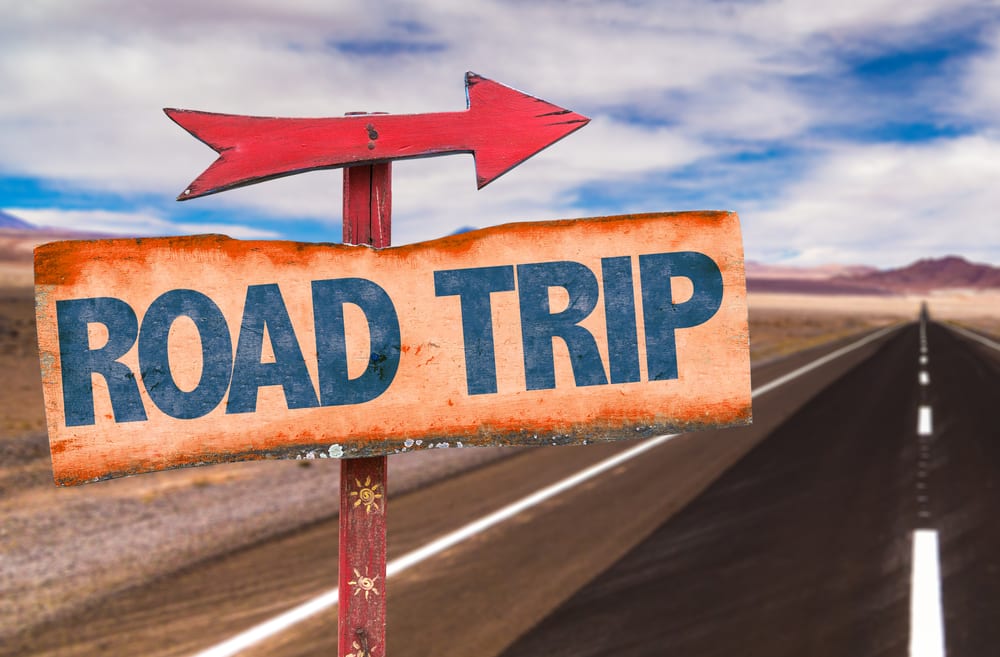
Road to Kidepo — Distances and Routes
The most common overland journey begins in Kampala, Uganda’s capital. From there, several routes lead northwards, ranging from 550 to 700 kilometers depending on the path chosen. Most trips require at least 10 to 12 hours of driving, often spread across two days for comfort and safety.
Popular routes include traveling through Gulu and Kitgum before turning east toward Kidepo, or taking a more eastern path through Mbale, Soroti, and Moroto, offering opportunities to encounter the dramatic landscapes of Karamoja. Each route has its own conditions and cultural encounters, but all share the common factor of requiring patience and vigilance.
For long-stay travelers, the road trip becomes part of the adventure. Yet it is also where safety concerns emerge most strongly, from varying road surfaces to remoteness and limited services.
Vehicle Considerations — The Foundation of Safety
A road trip to Kidepo cannot be undertaken casually in any vehicle. The distance, terrain, and unpredictability demand a 4×4 vehicle in excellent condition. Roads vary from tarmac highways to gravel tracks, and in rainy seasons, some stretches become muddy and difficult to navigate.
For safety, vehicles should be serviced before departure, ensuring brakes, suspension, and tires are in top condition. Long-stay travelers often rely on rented safari vehicles, which come with added benefits such as professional drivers familiar with the routes. Those who prefer self-drive must prepare thoroughly, carrying spare tires, tools, fuel reserves, and knowledge of basic mechanics.
Luxury in this context is not leather seats or onboard entertainment but the assurance of reliability. A well-prepared vehicle is the first and most critical safeguard against the challenges of the road.
Timing the Journey — Seasonality and Weather
Uganda’s climate plays a decisive role in road safety. The dry seasons — December to February and June to September — are considered the best times for traveling to Kidepo. Roads are more passable, visibility is higher, and conditions in the park are easier for game drives.
The wet seasons, particularly March to May and October to November, pose greater risks. Heavy rains transform dirt tracks into slippery mud, rivers swell, and delays become common. For long-stay travelers with flexible schedules, aligning the road trip with dry months significantly reduces risks and enhances comfort.
Additionally, the timing of departure matters. Starting journeys early in the morning maximizes daylight driving hours, minimizing the dangers associated with navigating rural roads in darkness. For safety, overnights in towns like Gulu or Kitgum are recommended, turning the trip into a paced adventure rather than an exhausting marathon.
Cultural Awareness — Traveling Through Karamoja and Beyond
One of the unique aspects of a Kidepo road trip is the passage through Karamoja, a region once perceived as isolated but now celebrated for its cultural richness. Home to pastoralist communities, Karamoja offers travelers glimpses into traditional lifestyles, cattle herding, and vibrant dances.
For safety and respect, long-stay travelers must approach these encounters with awareness. Photography should always be requested politely, conversations approached with humility, and interactions framed by curiosity rather than intrusion. Lodges and guides often facilitate introductions, ensuring cultural exchanges are safe and meaningful.
The social landscape of northern Uganda has stabilized significantly in recent decades, making travel safer than in the past. Yet, as with all remote regions, attentiveness and cultural sensitivity remain central to security.
Health and Personal Safety Considerations
A road trip to Kidepo traverses areas with limited medical facilities. Long-stay travelers must therefore prepare thoroughly. Carrying a well-stocked first aid kit, personal medications, and insect repellents is essential. Malaria prophylaxis is strongly advised, as mosquitoes are common in lowland areas.
Hydration is equally critical. The semi-arid climate of Kidepo and the long road journey can quickly lead to fatigue if water is not consumed regularly. Lodges and tour operators often ensure supplies, but travelers should carry reserves during transit.
Food safety is another consideration. While roadside stops may be tempting, long-stay travelers are advised to rely on trusted lodges, packed meals, or reputable restaurants in larger towns for hygiene assurance.
Communication and Navigation
Remote regions often mean limited mobile network coverage. Travelers should not rely solely on digital navigation. Paper maps, pre-downloaded GPS routes, and local guides provide security against disorientation.
Satellite phones or radios are often used by professional guides and luxury operators, ensuring constant communication even in the most isolated stretches. For long-stay travelers planning multiple safaris across Uganda, investing in or arranging access to such equipment adds a layer of safety that should not be underestimated.
Inside Kidepo — Road Safety in the Park
Arriving at Kidepo does not end the journey; it begins a new stage of road safety within the park itself. Game drives involve traversing dirt tracks that meander through valleys and across plains. During dry seasons, dust reduces visibility, while wet conditions create mud that challenges even experienced drivers.
Speed must always be moderated. Wildlife has right of way, and sudden appearances of elephants, buffalo, or antelopes on tracks can startle inexperienced drivers. For safety, guided game drives led by professional rangers or lodge drivers are highly recommended, ensuring not only security but also enhanced interpretation of wildlife behavior.
For long-stay travelers, familiarity with park routes builds over time, but initial drives are best undertaken with expert guidance.
Lodges as Safety Anchors
Luxury lodges within and around Kidepo Valley National Park play a central role in safety. They provide secure accommodations, reliable meals, and trained staff familiar with both the environment and local culture. For long-stay visitors, lodges become more than places to sleep — they are hubs of security, wellness, and guidance.
Many lodges also maintain direct communication with park authorities, ensuring that travelers are updated on conditions such as weather changes, road closures, or wildlife movements. This network of support allows visitors to relax, knowing that safety is actively managed.
The Value of Professional Guides
While independent travel appeals to many, Kidepo’s remoteness amplifies the value of professional guides. Experienced drivers and rangers not only enhance safety but enrich the journey through interpretation of landscapes, wildlife, and culture.
For long-stay travelers, professional guidance can be tailored into longer-term relationships, where familiarity allows itineraries to be crafted with precision. The comfort of knowing that logistics and safety are overseen by experts transforms the road trip from daunting to deeply rewarding.
Long-Stay Considerations — Pacing and Sustainability
For those spending extended periods in Uganda, the road trip to Kidepo should not be viewed as an isolated excursion but as part of a broader rhythm of travel. Pacing is crucial. Attempting to cover vast distances in too little time not only increases risks but diminishes enjoyment.
Sustainability also comes into play. Long-stay travelers have the privilege of time, allowing them to engage with communities, support local economies, and minimize the environmental footprint of rushed journeys. Staying longer in Kidepo reduces the frequency of arduous drives and deepens immersion into the wilderness.
Psychological Dimensions of Safety
Safety is not only physical but psychological. For long-stay travelers, confidence grows with familiarity. The first road trip to Kidepo may feel daunting, with every turn of the wheel carrying uncertainty. Yet over time, knowledge of routes, cultural nuances, and personal preparedness builds reassurance.
Travel in remote areas demands a mindset of resilience. Delays, unexpected weather, or road challenges should be viewed not as threats but as part of the adventure. For luxury travelers, indulgence lies not in eliminating unpredictability but in learning to navigate it with grace and assurance.
The Legacy of the Road Trip
The journey to Kidepo is as memorable as the destination. The landscapes traversed, the cultures encountered, and the resilience cultivated along the way form a narrative that endures long after the trip ends. For long-stay travelers, the road trip becomes a rite of passage — a story told and retold, where challenges overcome enhance rather than diminish the memory.
Safety, therefore, is not about removing risk entirely but about managing it intelligently. With preparation, respect, and guidance, the Kidepo road trip becomes a journey where wilderness and luxury, remoteness and reassurance, adventure and safety coexist in harmony.
Travel Securely with WildHorn Africa
For those ready to embrace the extraordinary journey to Kidepo Valley National Park, WildHorn Africa provides the expertise required to ensure safety and luxury align perfectly. With carefully maintained vehicles, professional drivers, and bespoke itineraries, WildHorn Africa transforms the road trip into a seamless, enriching experience.
From planning safe routes and arranging secure lodges to providing expert cultural guidance and on-ground support, their services ensure that long-stay travelers need not worry about logistics. Instead, they can immerse themselves fully in the grandeur of Kidepo, confident that every detail has been considered.
In Uganda’s most remote wilderness, the greatest luxury is not only discovery but security. And with WildHorn Africa, travelers are guaranteed both, creating a journey that is as safe as it is unforgettable.

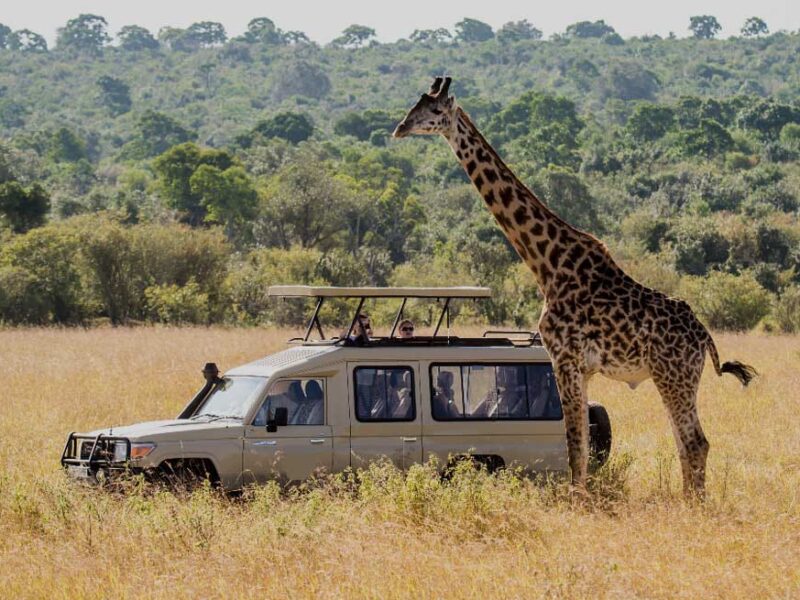
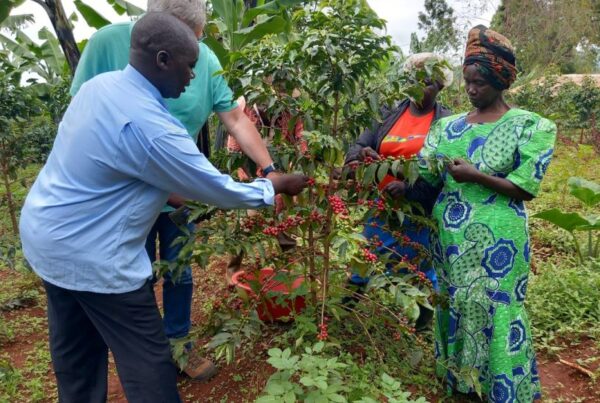
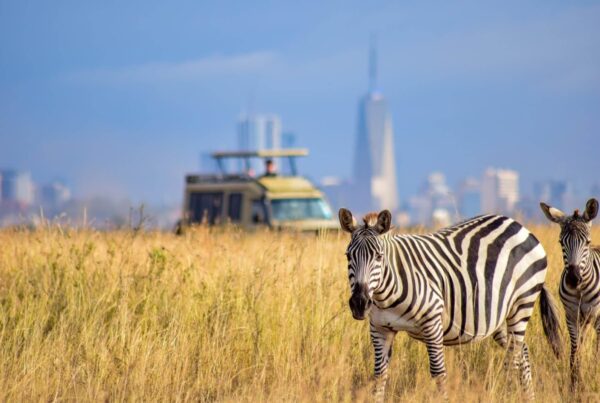
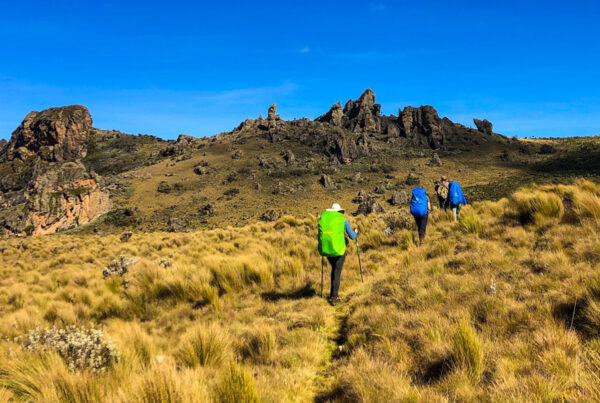
 WildHorn Africa – Authentic and unforgettable tours across Africa, guided by local experts who know the land, wildlife, and culture best.
WildHorn Africa – Authentic and unforgettable tours across Africa, guided by local experts who know the land, wildlife, and culture best.


